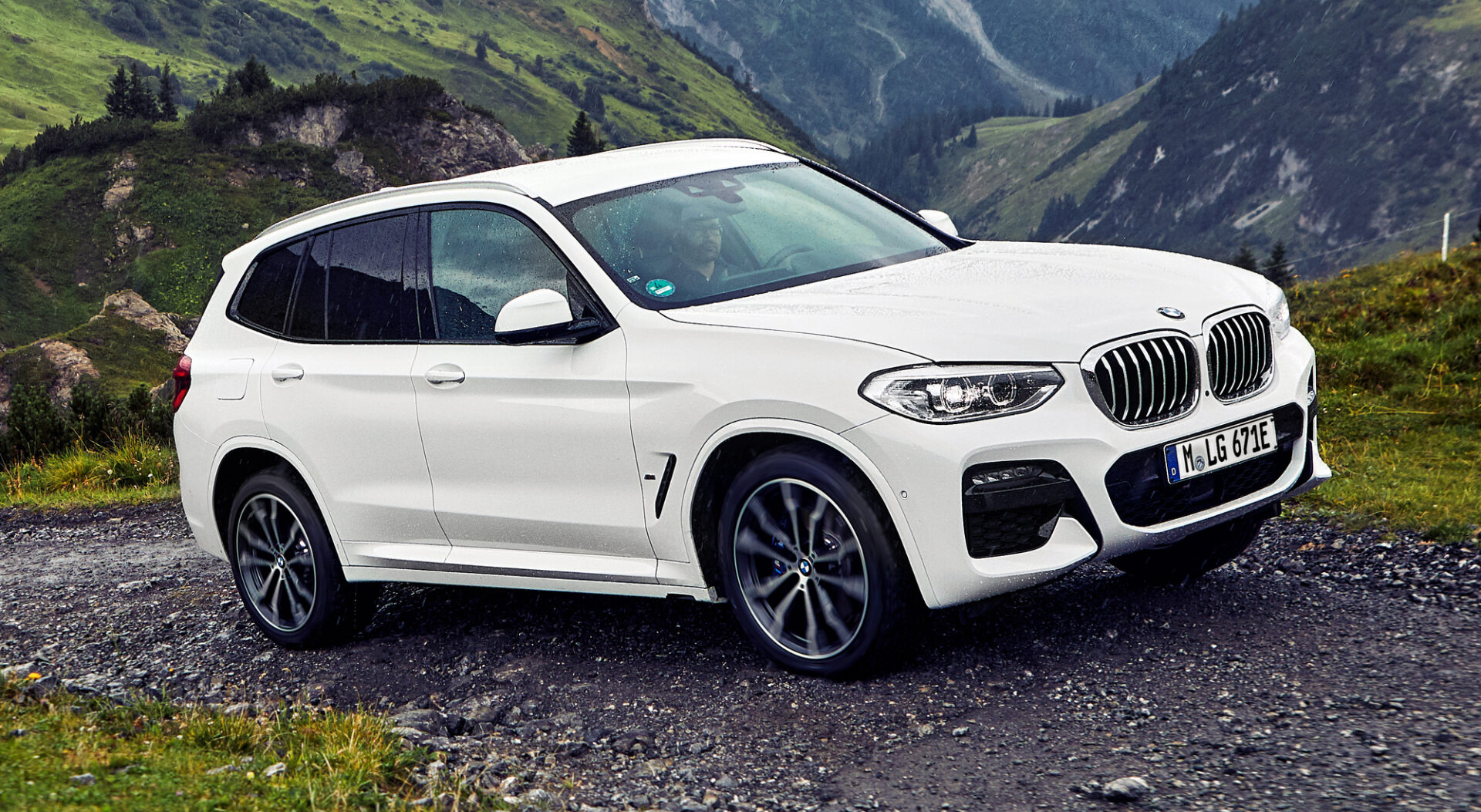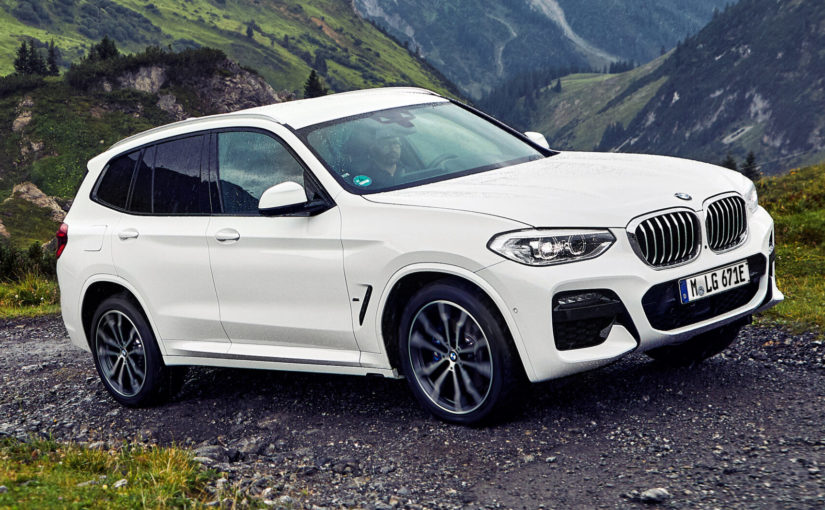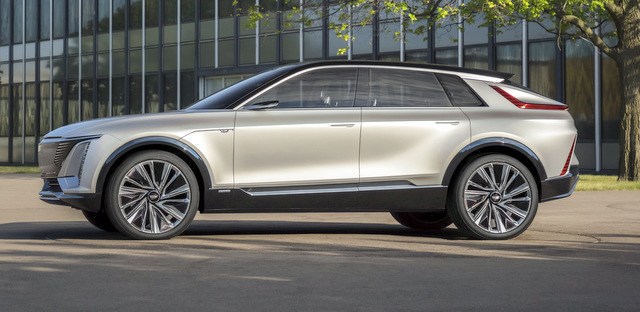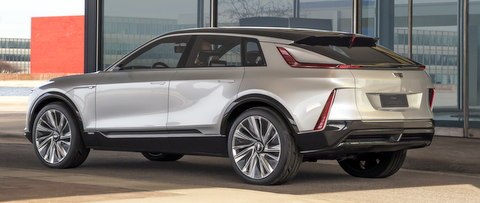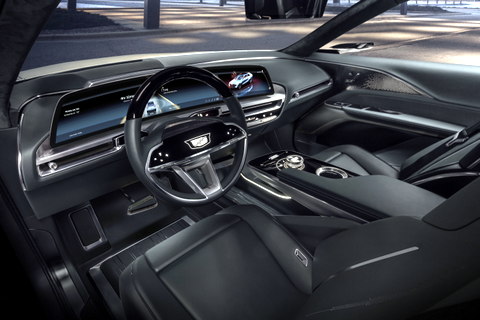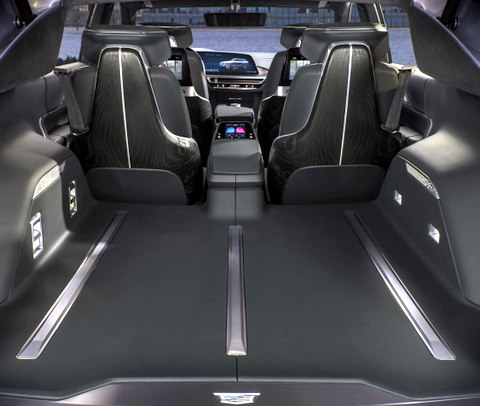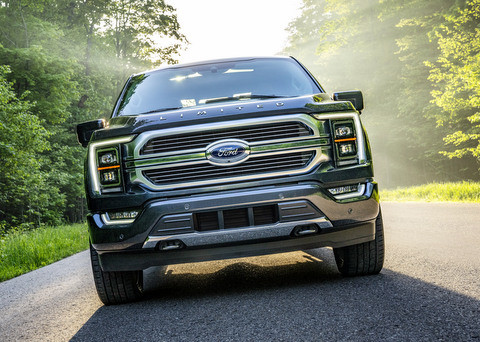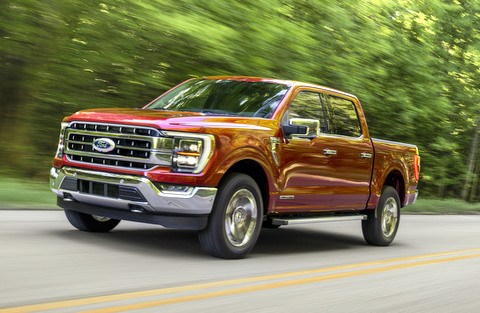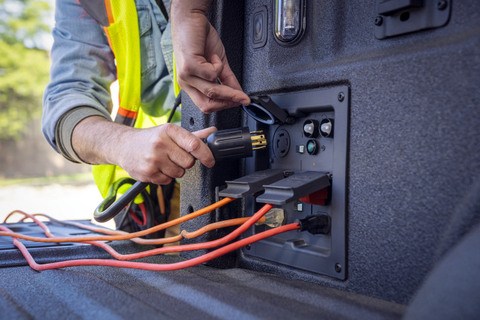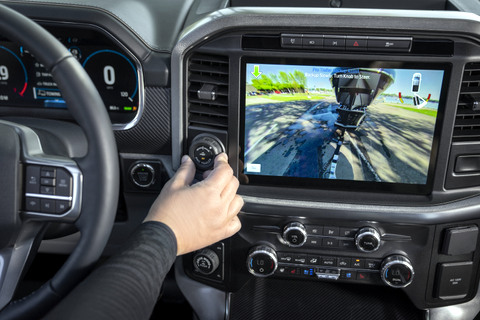
2020 Volkswagen Atlas Cross Sport 2.0T SEL in Pacific Blue Metallic
 2020 Volkswagen Atlas Cross Sport 2.0T SEL
2020 Volkswagen Atlas Cross Sport 2.0T SEL
Class: Midsize Crossover SUV
Miles driven: 609
Fuel used: 26.5 gallons
| CG Report Card |
|
|
|
|
| Room and Comfort |
B+ |
| Power and Performance |
B |
| Fit and Finish |
B |
| Fuel Economy |
B- |
| Value |
B |
|
|
| Report-card grades are derived from a consensus of test-driver evaluations. All grades are versus other vehicles in the same class. Value grade is for specific trim level evaluated, and may not reflect Consumer Guide’s impressions of the entire model lineup. |
|
|
| Big & Tall Comfort |
|
|
| Big Guy |
A |
| Tall Guy |
A |
|
|
| Big & Tall comfort ratings are for front seats only. “Big” rating based on male tester weighing approximately 350 pounds, “Tall” rating based on 6’6″-tall male tester. |
|
|
| Drivetrain |
| Engine Specs |
235-hp 2.0-liter |
| Engine Type |
turbo 4-cyl |
| Transmission |
8-speed automatic |
| Drive Wheels |
AWD |
Real-world fuel economy: 23.0 mpg
Driving mix: 30% city, 70% highway
EPA-estimated fuel economy: 18/23/20 (city, highway, combined)
Base price: $41,445 (not including $1020 destination charge)
Options on test vehicle: Monster Mats rubber floor mats and heavy-duty trunk liner with VW CarGo blocks ($235)
Price as tested: $42,700
Quick Hits
The great: Expansive passenger space in both the front and back seats
The good: Clean control-panel layout; pleasant ride/handling balance
The not so good: Fairly hefty exterior dimensions for a 5-passenger SUV; sloping rear roofline slightly compromises rear visibility
More Atlas Cross Sport price and availability information
John Biel
In an automotive world in which it at least seems like everybody is buying crossovers or sport-utility vehicles, expect there to be some variety in consumer tastes. Not everyone in that vast pool of shoppers is out for maximum practicality. Volkswagen is courting them with a new, more rakish 2-row midsize SUV, the Atlas Cross Sport.

Similar to the strategy Honda followed in creating the two-row Passport from the three-row Honda Pilot, Volkswagen has created the Atlas Cross Sport by shortening its Atlas SUV and giving it a sporty, sloping rear roofline.
The 2020 Cross Sport expands the Atlas line, which bowed in 2018 in a 3-row style that is one of the largest vehicles VW has ever sold in the U.S. While both types of Atlas have the same wheelbase, the Cross Sport is 5.2 inches shorter in total length. It’s also 2.3 inches lower, with a sloping rear roofline for a sportier look. Not surprisingly, then, the Atlas Cross Sport takes a hit in headroom and cargo capacity (at a maximum 77.8 cubic feet of stuff-toting space, it trails “big brother” by 19 cubic feet in that respect). However, the Cross Sport actually improves on the Atlas’s fine second-row legroom by adding 2.8 inches to it.
Consumer Guide tested a Cross Sport SEL with a 2.0-liter turbocharged engine and 4MOTION all-wheel drive, a vehicle that starts at $42,465 with delivery. Only a package of floor and cargo mats brought the full price up to $42,700. The Atlas SEL with 4MOTION (but a standard V6) has a base price $2850 higher.
Test Drive: 2019 Honda Passport Elite

The Atlas Cross Sport’s cabin has a classy, understated ambiance. SEL models get Volkswagen’s slick Digital Cockpit virtual gauge cluster and 8-inch touchscreen navigation system as standard equipment. The console houses the engine start/stop button, drive-mode dial, electronic parking brake, and a storage bin with charging ports and a wireless charger.
The Atlii also share powerteam choices, the 2.0-liter turbo four and a 3.6-liter V6—both connected to an 8-speed automatic transmission—though the Cross Sport makes greater use of the four throughout its much broader model line. At 235 horsepower at 4500 rpm, the boosted four falls 41 ponies shy of the V6. However, its 258 lb-ft of torque trails the V6’s grunt by just eight lb-ft, and it peaks much sooner at a low 1600 rpm. As a result, the Cross Sport is moderately snappy from a start, but not the overall performer that the narrow-angle V6 is. The four is also a bit noisier, though not egregiously so. Unlike the bigger Atlas, which restricts AWD to trucks with the V6, the Cross Sport pairs 4MOTION with either engine. A front-drive Cross Sport, which weighs 185 pounds less, might be a little quicker.
The 4MOTION system’s “On-road,” “Snow,” “Off-road,” and “Custom off-road” modes tailor powertrain operation to terrain and road conditions. In On-road, drivers can further tap into “Eco,” “Normal,” “Sport,” and “Custom” options that alter throttle response and transmission operation. The Off-road setting incorporates hill-descent control for better vehicle control on steep grades.
Test Drive: 2020 Toyota Highlander Platinum

Since the Atlas Cross Sport doesn’t have a third-row seat like its larger Atlas sibling, Volkswagen moved the second-row seat back 2.8 inches to further improve the already-excellent second-row legroom.
Real-world fuel mileage for the all-wheel variant hews closely to the EPA estimates, but it’s kind of a low bar for a turbo four: 18 mpg in the city, 23 on the highway, and 20 combined. This driver clocked 21.9 mpg after an 85.3-mile run that featured 43 percent city-style operation.
The fully independent coil-spring suspension is another mutual feature of the two types of Atlas (though the 3-row one has a minutely thicker rear stabilizer bar). As such, the Cross Sport rides smoothly and handles easily—like the larger model.
Front passengers enjoy bucket seats that are comfortably supportive. The same can be said for the rear bench. Legroom is very good throughout, and the rear seat is wide enough for three adults to seriously consider occupying this area at the same time. (A flat floor helps considerably.) The 60/40-split rear seat has reclining backs for added comfort. Even with the lowered roof and a panoramic sunroof (standard in the SEL), there’s still decent headroom. However, the longer cant of the rear roof pillars impedes driver vision to the rear corners a little more than in the somewhat airier 3-row Atlas.
Test Drive: 2020 Hyundai Santa Fe Limited

The Atlas Cross Sport’s sloping roofline cuts into cargo capacity, but there’s still good space here: 40.3 cubic feet behind the second-row seats, and 77.8 cubic feet with the second-row seat backs folded.
The Cross Sport’s distinctive tailgate slope chips away at the total amount of cargo space, but the area is still plenty big enough to be handy. Sidewalls are hollowed out above and behind the wheel houses, there are open bins at the rear corners, and quite a bit of hidden space available around the spare tire. The second-row seat backs fold flat for extra capacity, but they rest slightly lower than the level of the cargo floor.

Volkswagen has given its well-known circular “VW” badge a subtle update, with slightly slimmer, “2D” letters.
Other SEL standard equipment includes 20-inch alloy wheels, full LED exterior lighting, adaptive front lighting and high-beam control, heated power-adjustable mirrors with memory setting, silver roof rails, rain-sensing windshield wipers, 10-way power adjustable memory driver’s seat, 8-way power adjustable front-passenger seat, leatherette upholstery, heated front seats, leather-wrapped steering wheel, and dual-zone automatic climate control. Technology and entertainment items extend to the “Digital Cockpit” instrument display, adaptive cruise control, forward-collision warning, pedestrian monitoring and autonomous emergency braking, automatic post-collision braking, front and rear parking aids, lane-departure warning, blind-spot monitoring, rear cross-traffic alert, remote engine start, keyless access and starting, “hands-free” power liftgate, latest-generation VW Car-Net smartphone app integration, wireless charging, 6-speaker AM/FM/HD audio with voice control, satellite radio, and navigation.
The interior is well stocked with soft-touch surfaces on the dash, door panels, and tops of the front doors. The digital driving controls and big and bright, and can be scrolled by steering-wheel thumb buttons. The Discover Media infotainment system with an 8-inch touchscreen offers straightforward audio programming and use, aided by external power/volume and tuning knobs. Climate controls are direct, no-nonsense dials for temperature and fan-speed settings. Storage for incidental items is handled by large glove and console boxes, a swing-out drawer to the left of the steering column, good-sized pockets with bottle holders. in all doors, and pouches attached to the backs of the front seats. Cup holders are found in the console and central armrest in the rear seat. Rear-seat denizens have a USB charge port and 115-volt power outlet at their disposal.
Test Drive: 2020 Volkswagen Tiguan R-Line

Unlike its three-row Atlas sibling, the Atlas Cross Sport can be had with the 4-cylinder engine–a 235-hp turbo 2.0-liter–and all-wheel drive; the regular Atlas restricts AWD to V6 models. Twenty-inch alloy wheels are standard on SELs.
Considering the additional utility and power in a comparably equipped 3-row Atlas, it seems a better value than the Cross Sport. But if the former’s size and shape just isn’t quite your thing, VW’s still got something you might like instead.

Compared to the original Volkswagen Atlas, the Atlas Cross Sport is less capacious for cargo and passengers (it seats 5 instead of 7), but it’s also a bit more affordable, easier to park, and sportier-looking to boot.
Quick list of every episode of the Car Stuff Podcast
2020 Volkswagen Atlas Cross Sport Gallery
Written by: The Daily Drive staff on July 16, 2020.
For GREAT deals on a new or used INFINITI check out Infiniti of Kearny Mesa TODAY!
